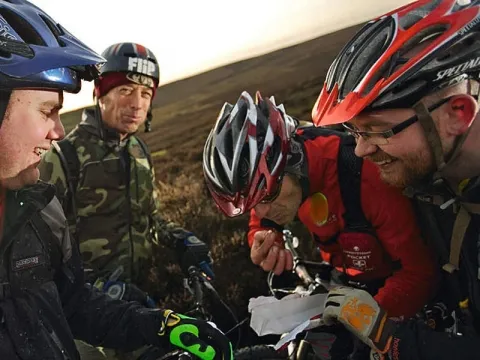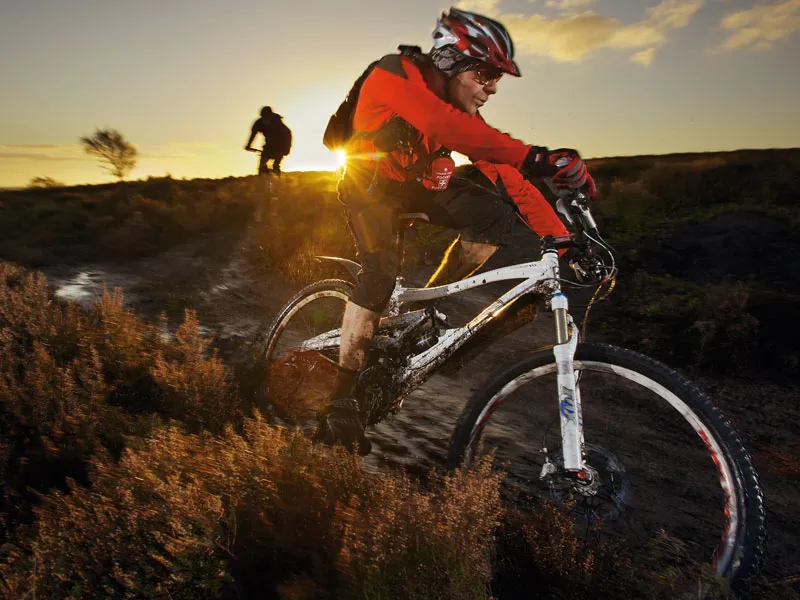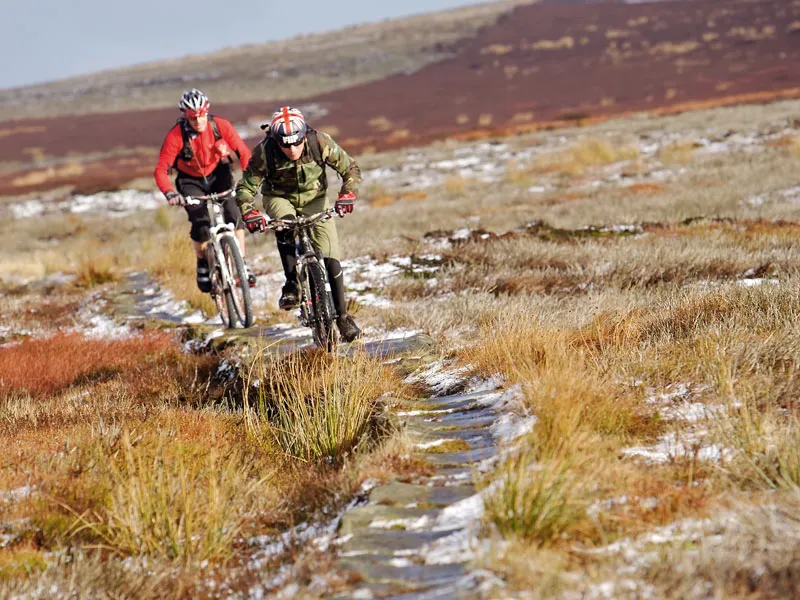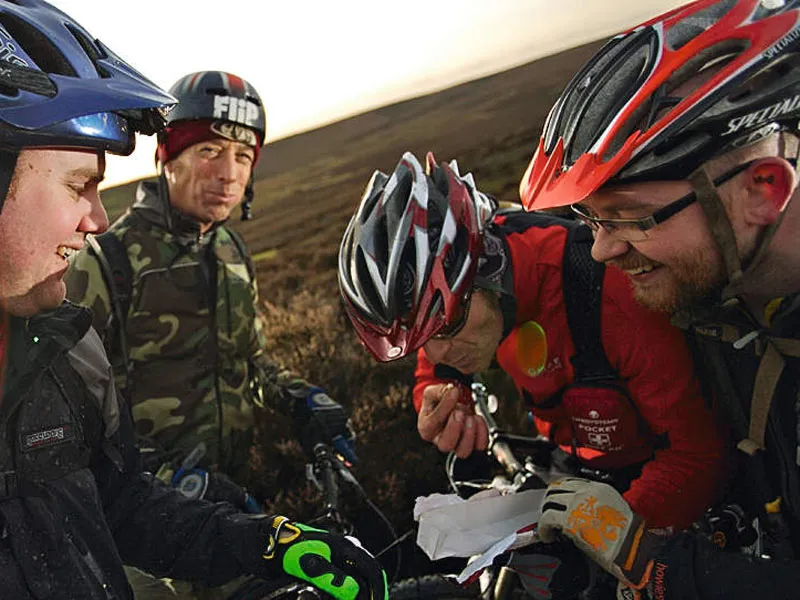Britain has some of the best wild mountain biking in the world but more and more riders are forgetting all about it. Time to stop queuing round kitty litter trail centres like a flock of sheep and take a real ride on the wild side…
We’ve nothing against the convenience of neatly packaged, pine-scented trail centres, with a proper car park, gravel for guaranteed grip and enough berms and drops to make you feel ballsy before a nice latte at the end to get you back home.
But what about finding that perfect ride? One that has as much technical riding as you want and lasts as long as you want. An epic adventure that brings you back wired, with a sense of achievement and excitement to create your next challenge. A route where the singletrack will have you thinking and responding to every metre of multiple line trail. A ride of repeated heart-in-mouth reactions to unseen rock gardens, long drops, bottomless bogs or climbing challenges. An experience that brings out the true character and ultimate challenge of an area. Basically a ride with real identity and individuality, not some same Scots pine-lined Scalextric track that could be in any forest from Devon to Dumfries.
Unlocking this perfect ride and unleashing your wild side is far less scary than you think. So grab a map and a couple of inner tubes and put some mountain back in your biking!

Fail to prepare, prepare to fail
Preparation is the key to performance. You don’t need a map board, a beard and clothes that even your dad wouldn’t wear, but you do need to spend some time getting ready first…
1] MOT your bike
Make sure your bike works. It doesn’t have to be new, expensive or even clean, but the chain does need to go round without squeaking or snapping, your brakes need plenty of pad left and having bald patches on your tyres before you start are a bad idea. If you can’t or won’t fix any problems yourself, book your bike into the shop beforehand for a service, or risk facing a long walk home.
2] MOT yourself
If you can’t take the dustbin-sized heart and seven litre lungs of a marathon specialist with you, at least take a reality check. Even if you can rattle off a forest family route in two hours or a five mile commute to work in half-an-hour, don’t expect to see those speeds in the wild. Set off at a pace you can sustain all day rather than racing the first climb and ending up with cramp in the middle of nowhere.
3] Tool up
Even the best prepped bike can go wrong, so take the tools to get it going again. A multi-tool with a chaintool and all the Allen/Torx keys you need should be enough for mechanicals. Pump and patches are also essential kit, as is an inner tube for every two hours of riding (or at least every rocky descent), a magic chain link and a handful of zipties. You should also take a whistle (so you’ll be heard from further away than shouting) a basic first aid kit and an extra layer of warm clothing for emergencies, too.
4] Fuel up
Your body burns 500-1,000 calories an hour when you’re riding your bike. Don’t expect to refuel even half that much while riding, but nibbling on a snack or having a swig of an energy drink every half an hour will stop starvation stopping you dead. Fig rolls, malt loaf, jelly babies, fruit or jam sandwiches are excellent fuel for adventures. You’ll need at least 500ml of water an hour to wash food down properly and stop dehydration, so fill that CamelBak right to the top and make sure you stop regularly to take on more food.
5] Buddy up

For some it’s the isolation that makes the wild riding attractive, but for most of us, fellow adventurers add to the fun. Friends to share tools and emergency kit with, add some mechanical or motivational help or just laugh at when they get stuck in a bog, can make a good ride really great.
Useful Technology
Get some hi-tec help
GPS units linked to mapping software such as Memory Map or Anquet are great for planning and following routes without having to unfold a lot of flapping paper in the wind. Anything with a battery or an electronic brain can fail though, and mobile phones are only useful in emergencies if there is signal coverage, so you need to have a back-up strategy in place.
In the same way, plotting routes on a map, downloading them from somewhere like www.bikely.comor a route guidebook is only any use if you can translate them in terms of the terrain surrounding you.
In the next instalment of Going Wild we’ll be looking at Beating the Fear Factor…



